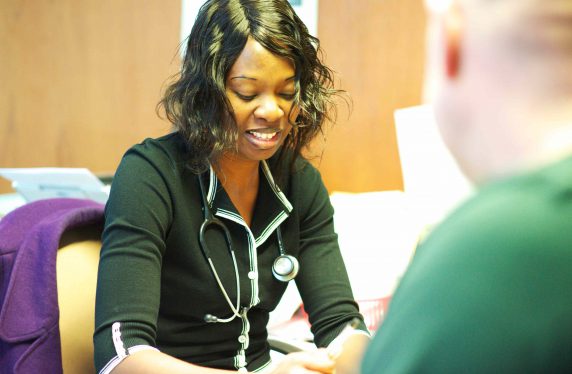Number of GPs in Scotland increases by 55 in a year

There has been a slight increase in the number of GPs in Scotland over the past year, according to new official figures.
Data released by the Scottish Information Services Division showed the headcount of GPs was 5,049 at the end of September, an increase of 55 since the same time last year.
The increase has been predominantly in female GPs, with 61% of women now working in general practice, compared with 39% of their male counterparts.
The report also showed the number of practices has decreased by 9% in the past decade, from 1,023 in 2009 to 935 in October 2019, ‘reflecting a trend towards larger practices with more GPs serving a larger number of patients’, it said.
GP leaders said the country still ‘desperately’ needs more GPs and warned the figures do not reflect how many GPs are working full time.
In August, public spending watchdog Audit Scotland warned the Government that it faces a ‘significant’ challenge in recruiting more GPs to the country.
This is despite officials pledging last year to increase the number of GPs by at least 800 over the next decade to ‘ensure long-term sustainability of GP practice’.
Last year the GP headcount in Scotland rose by 75 after a decade of no change.
The latest statistics highlighted the number of GPs remained fairly constant between 2009 and 2017.
BMA’s Scottish GP Committee deputy chair Patricia Moultrie said: ‘Overall, GP headcount has remained relatively stable in Scotland over recent years, however this comes against a backdrop of more GPs increasingly working part-time, while demand for care has increased dramatically.
‘On this basis we desperately need more GPs and the Scottish Government’s commitment to have an extra 800 GPs in Scotland by 2027 must reflect the full picture – including the position with less than full-time GPs. We need a credible plan on how this extra recruitment will be delivered and we need that urgently.’
She added: ‘While there is no clear evidence to suggest the reason for the increase in the proportion of female GPs in the workforce, we hope that one factor might be a positive cultural shift which is welcoming more women into medicine.’
Pulse reported in July than more than eight in 10 training posts had been filled in Scotland so far.
It comes after the Scottish Government announced 85 extra medical school places last year as part of a bid to boost the number of GPs in the next decade.
Elsewhere in England, the latest NHS Digital data showed the number of fully qualified full-time equivalent GPs has dropped by 339 over the past year.
Pulse July survey
Take our July 2025 survey to potentially win £1.000 worth of tokens












